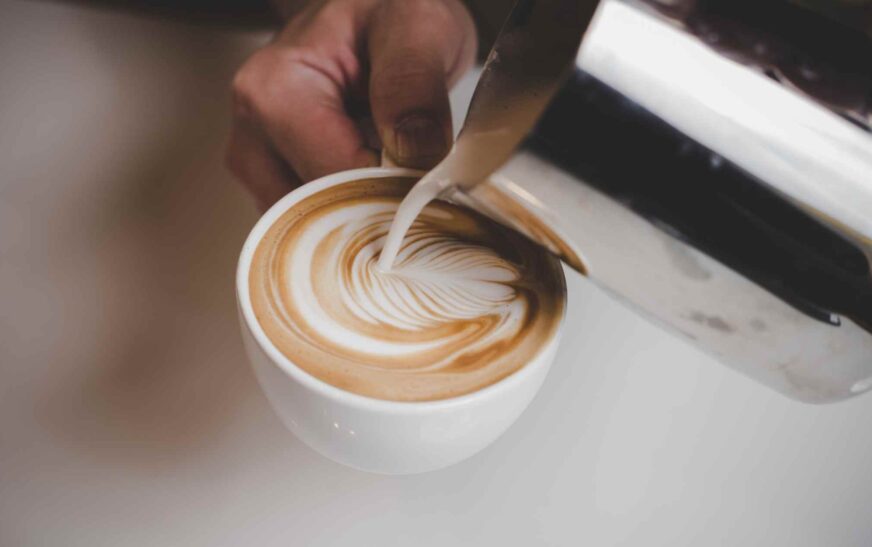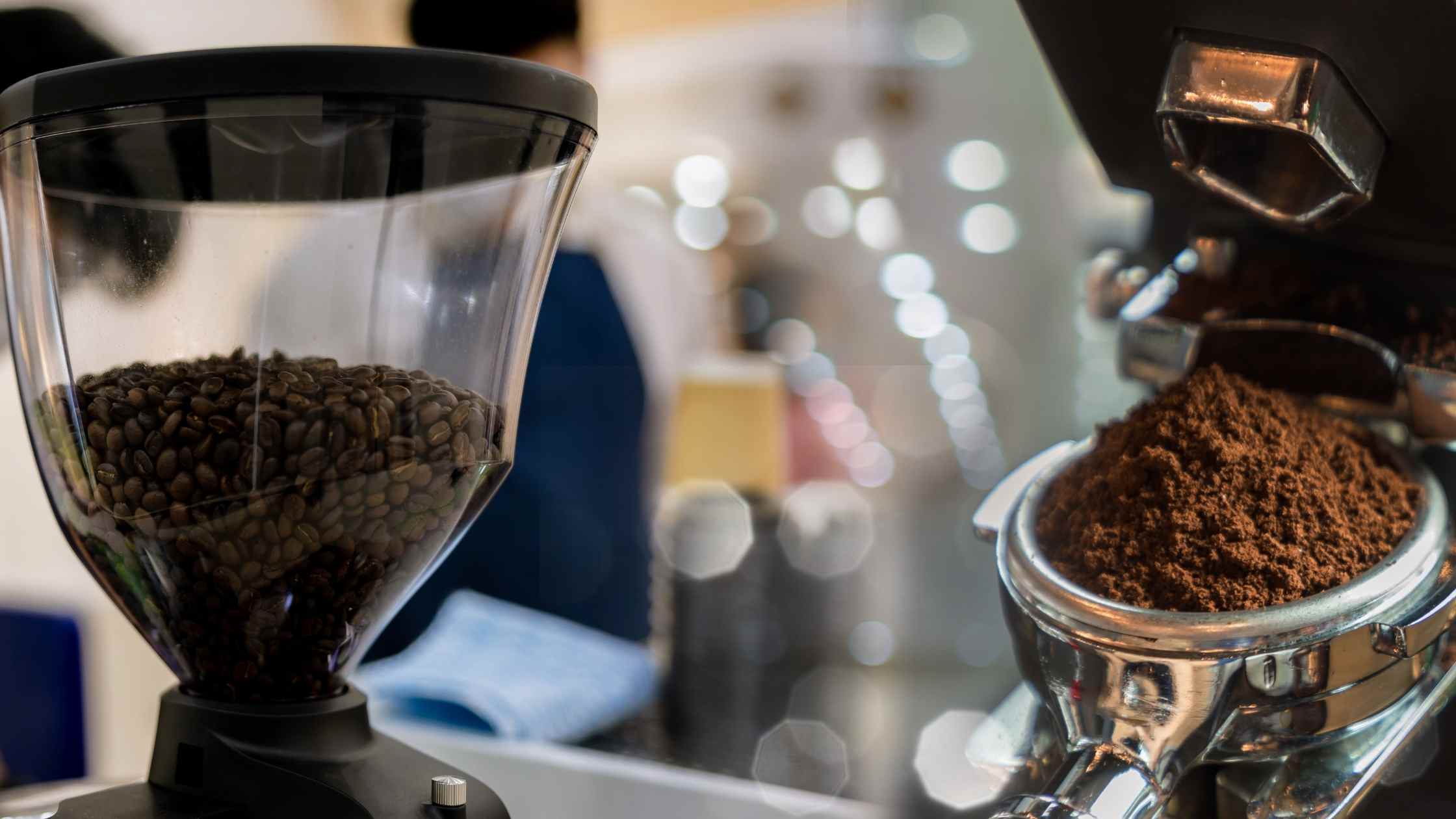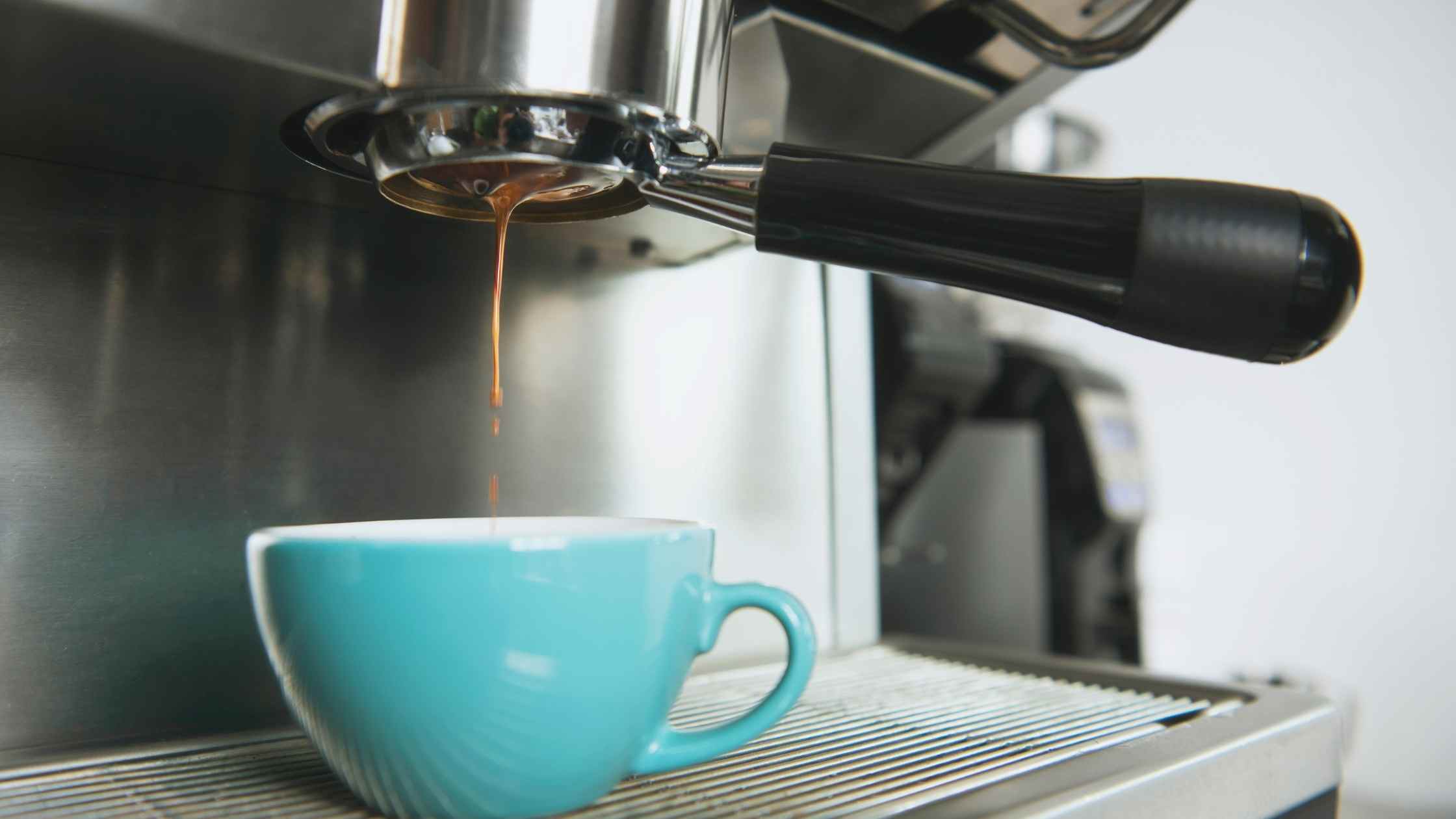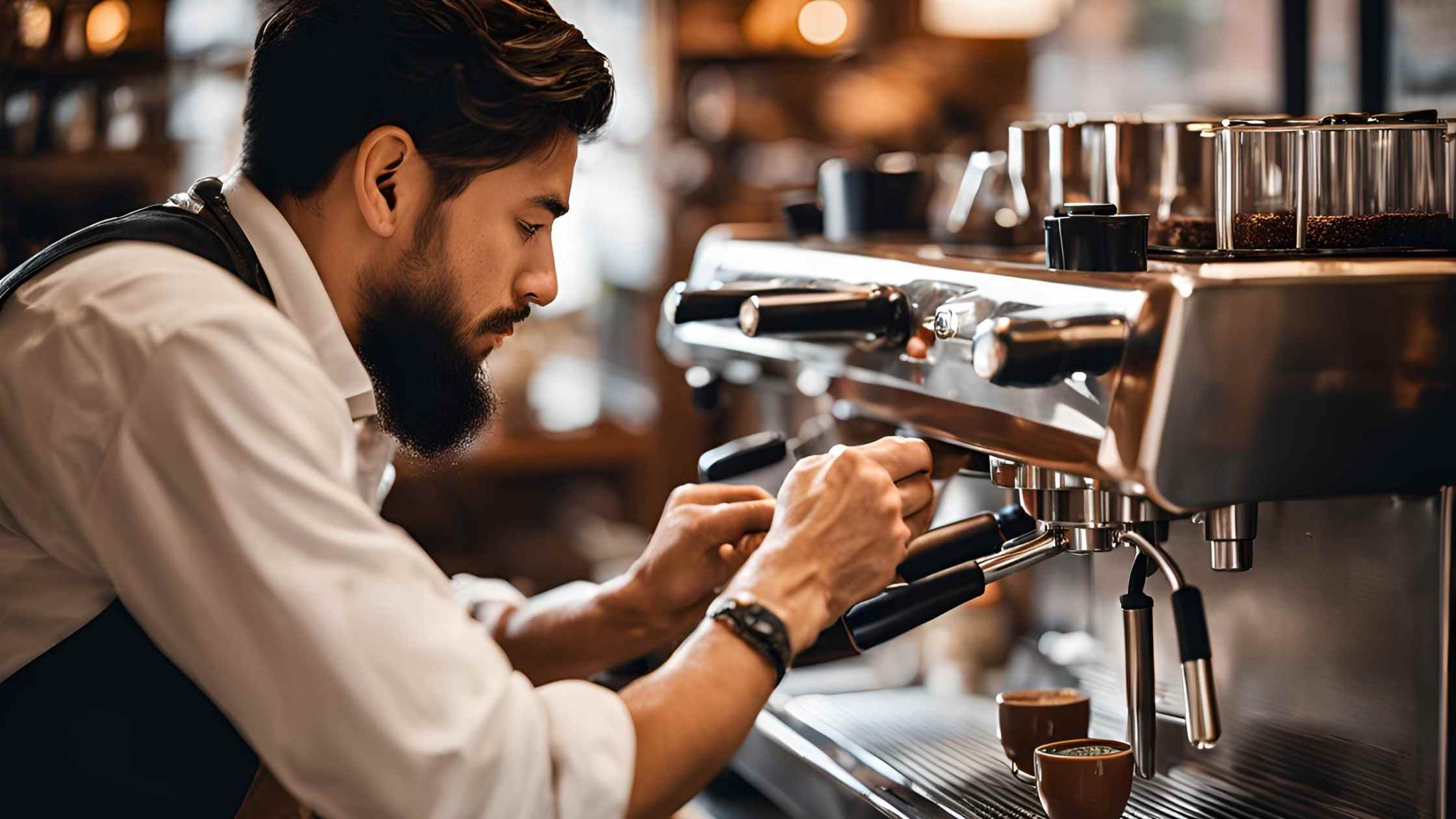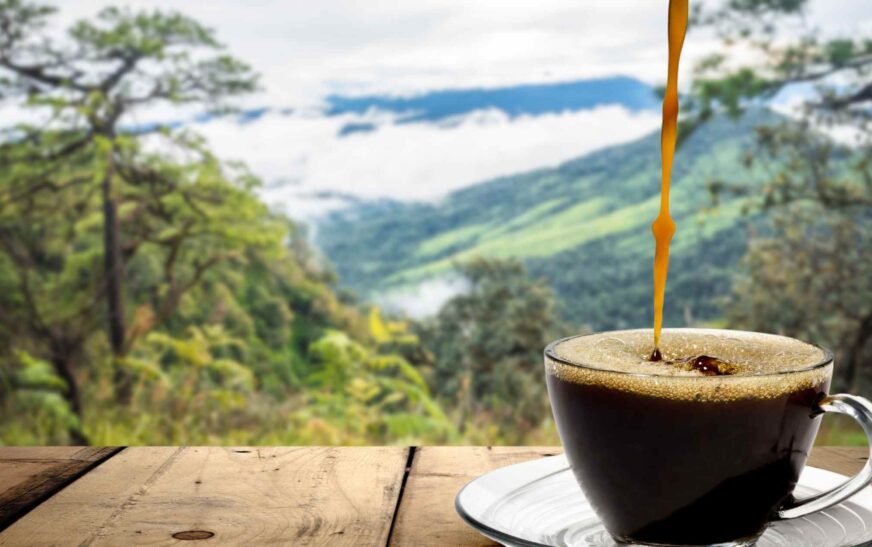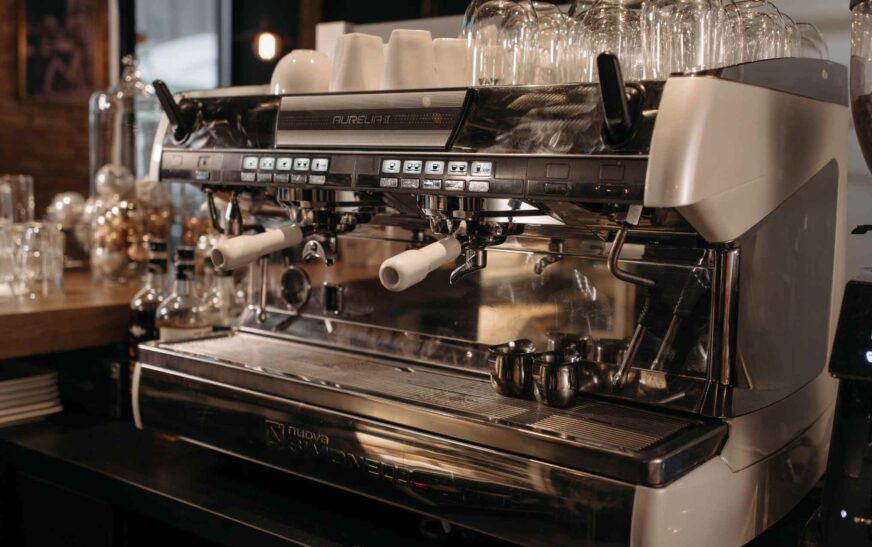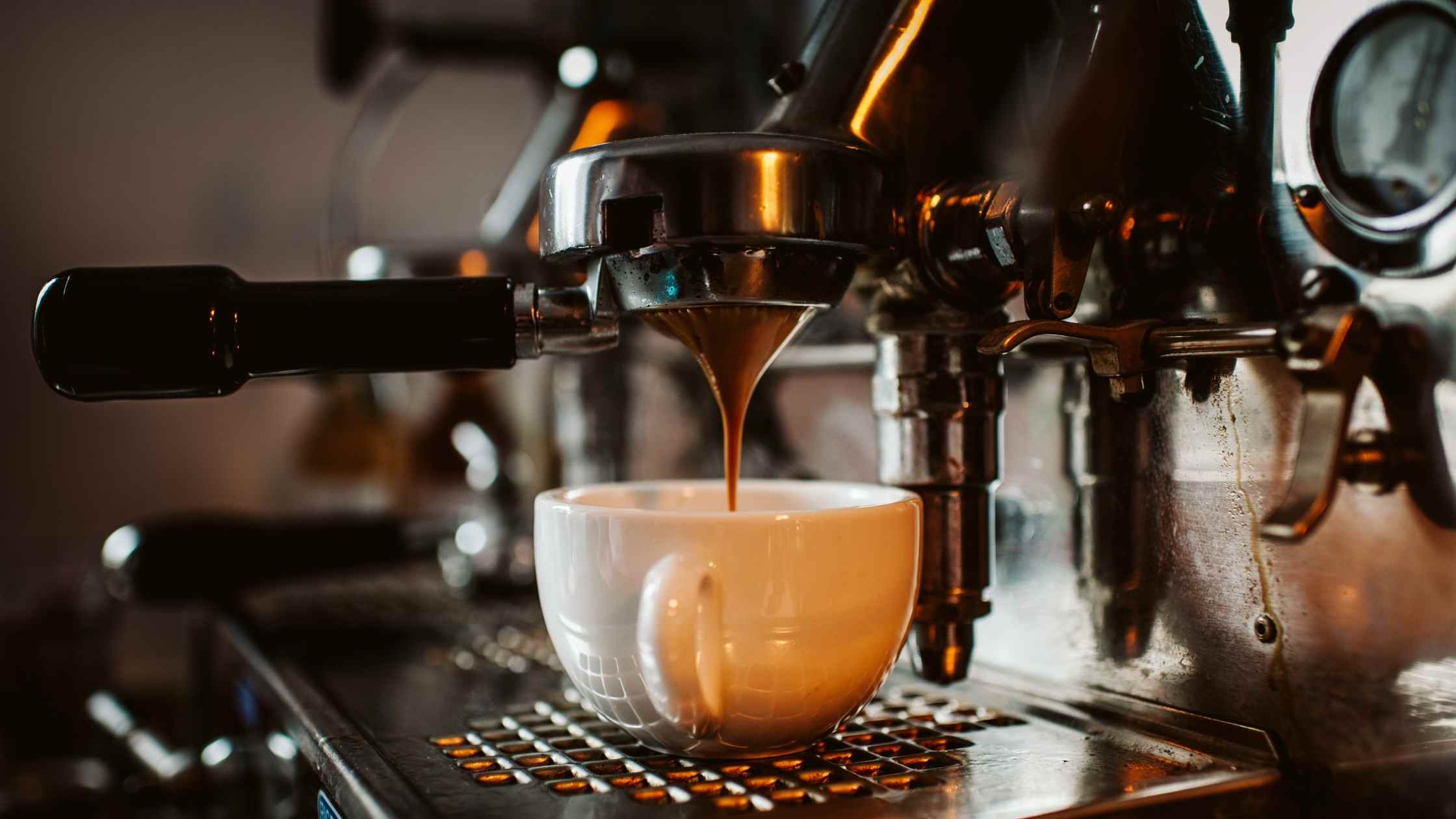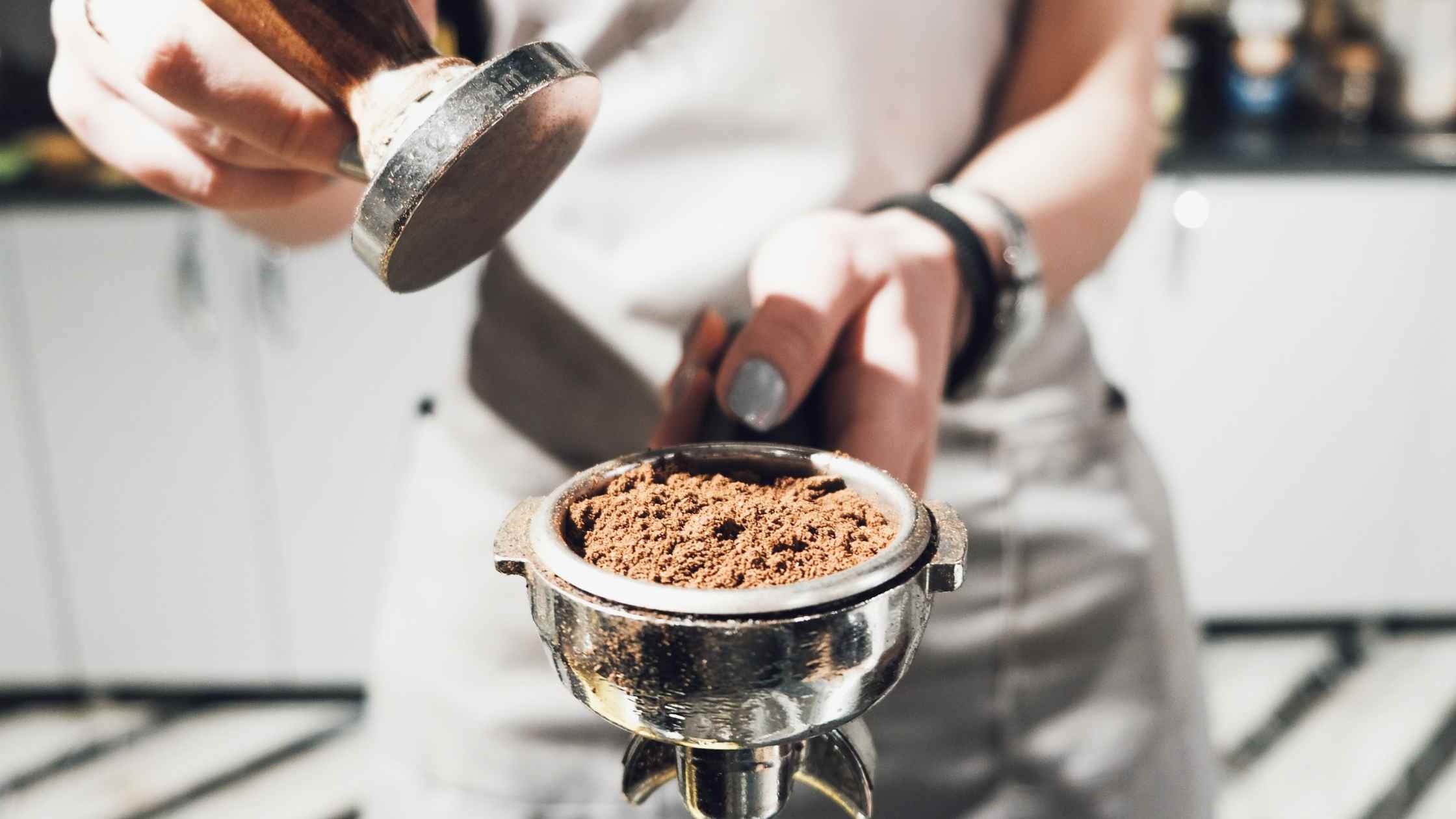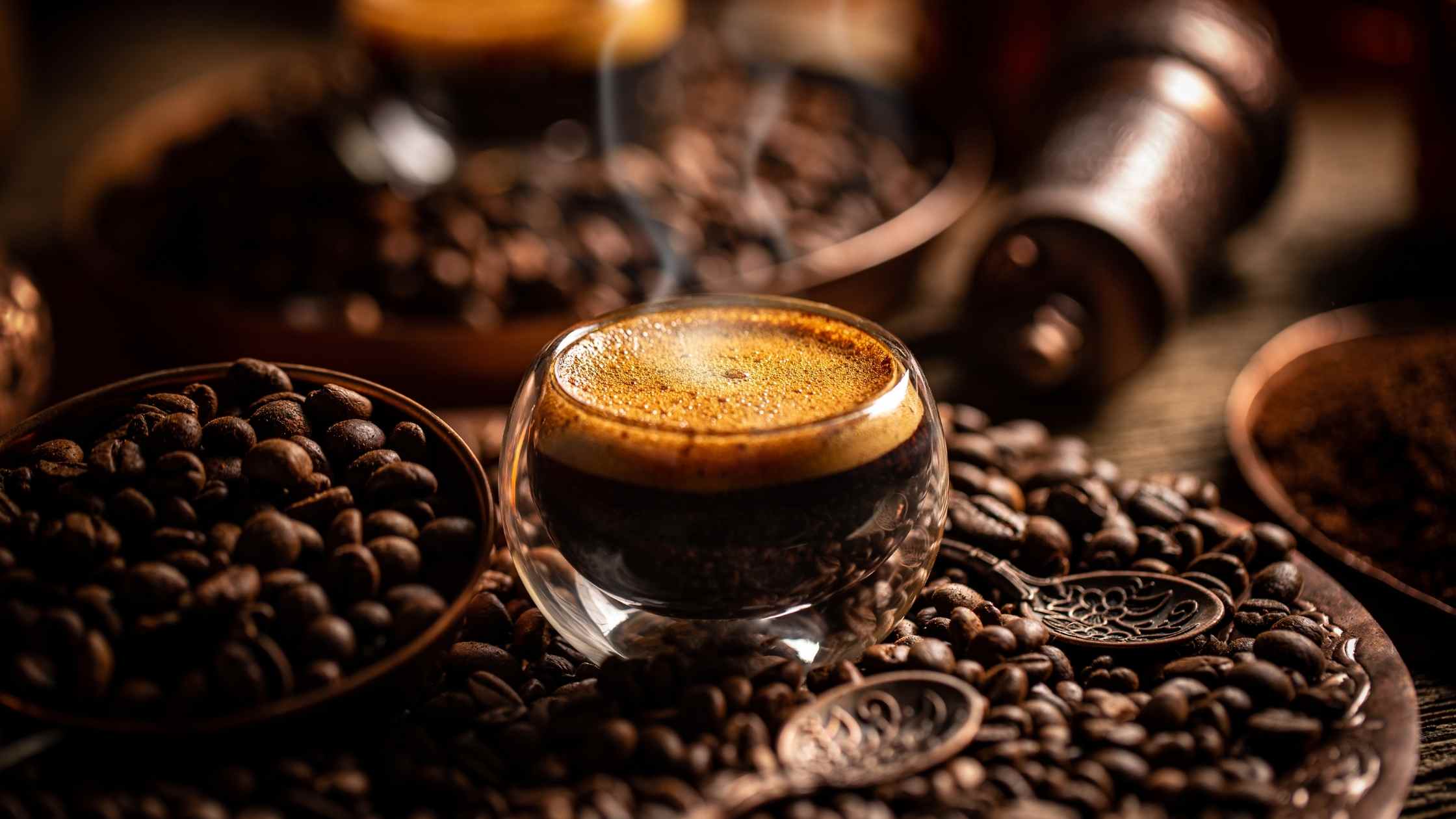Hey coffee lovers! My name is Alex Martinez, your espresso expert. Whether you’re a latte fan, a macchiato lover, or perhaps enjoy an Americano—do you know what this deep, rich drink is? It powers your favorite coffee beverages, but it’s definitely not just a regular cup of coffee. Let’s break down what makes this concentrated shot so unique and why it’s at the heart of your caffeine fix.
What is Espresso?
In simpler terms, espresso is a very concentrated coffee brewed by forcing hot water through finely ground, specially roasted beans under pressure. This process gives espresso its characteristic heavy, creamy texture and flavor, resulting in a full-bodied shot with aroma and depth in every sip.
Traditionally, it’s served in one or two-ounce shots—single or double—but you can also drink it straight. It also serves as the base for popular drinks like lattes, cappuccinos, and Americanos.
A Short History of Espresso
Although a coffee machine was patented in 1884 by Angelo Moriondo, the single-serve espresso was invented by Luigi Bezzera in 1903. He sold the patent to Desiderio Pavoni, and together they introduced this faster and more efficient brewing method to the world at the Milan Fair in 1906.
Since then, espresso machine designs have evolved, but the essence of pulling a good shot remains: high pressure, precision, and attention to detail.
How is Espresso Different from Coffee?
Although espresso and regular coffee come from the same beans, they differ based on the brewing process and bean preparation.
- Pressure: Espresso requires 9 bars of pressure, whereas coffee is brewed with much lower pressure, or even none at all, as with drip coffee.
- Grind: Espresso uses finely ground beans, while coffee uses a coarser grind.
- Roast: Espresso beans are roasted longer and darker, extracting oils that make the drink rich and thick with intense flavor.
- Brewing Time: Espresso is brewed quickly, in 25-30 seconds, while coffee takes much longer.
Espresso Beans vs. Coffee Beans
Espresso beans are roasted longer, giving them a darker appearance. This extra roasting time extracts oils that provide a rich body, while regular coffee beans can be roasted lightly or at a medium level to highlight more delicate flavors.
While you might brew espresso beans in a drip coffee maker and get strong coffee, it’s not truly espresso unless it undergoes the high-pressure extraction process.
How Much Caffeine is in an Espresso?
A shot of espresso contains about 64 milligrams of caffeine. By comparison, drip coffee typically has around 92 milligrams per eight-ounce serving. While espresso may taste stronger, it’s not necessarily more potent in terms of caffeine unless you have several shots, as with a latte or cappuccino.
Blonde Espresso vs. Regular Espresso
You might have heard the term “Blonde Espresso” at your local coffee shop. So, what’s the difference?
- Regular Espresso: Brewed from dark roasted beans, regular espresso has a strong, bitter taste with a rich body and crema.
- Blonde Espresso: This is a lighter roast with a milder, sweeter flavor. It’s still technically espresso, but with less bitterness, making it suitable for those who prefer a smoother taste.
How to Drink Espresso
Drinking espresso can either be a quick caffeine fix or a slow, savoring experience—it’s entirely up to you!
- Straight Up: Enjoy a shot of black espresso for a strong, bold flavor. Sip slowly if you’re new to it.
- With Milk: If you don’t like the bitterness, turn your shot into a latte with steamed milk, or make a cappuccino with frothy milk for a creamier texture.
- Americano: Add hot water to your espresso for a less intense drink, resembling regular coffee.
- Affogato: For a creative twist, pour a shot of espresso over vanilla gelato for a delicious dessert.
- Espresso Martini: A decadent cocktail with espresso, vodka, and coffee liqueur—a perfect after-dinner treat.
Popular Espresso Drinks
Espresso serves as the base for many popular coffee drinks. Here are a few:
- Espresso: Pure, served in small, concentrated shots.
- Americano: Espresso diluted with hot water.
- Latte: Espresso with steamed milk, topped with foam.
- Cappuccino: A frothier version of a latte with less milk and more foam.
- Macchiato: Espresso with a small amount of milk or foam.
- Affogato: Espresso poured over ice cream for a dessert-like treat.
- Espresso Martini: A cocktail made with espresso, vodka, and coffee liqueur.
Final Thoughts
So, there you have it: espresso is more than just a concentrated shot of coffee. Rich, intense, and steeped in Italian tradition, it’s the foundation of many beloved coffee drinks. Whether you enjoy it straight or as the base for a creamy latte or affogato, the next time you sip your espresso, you’ll appreciate the artistry that goes into every shot.
Enjoy your next cup like a true coffee connoisseur!

